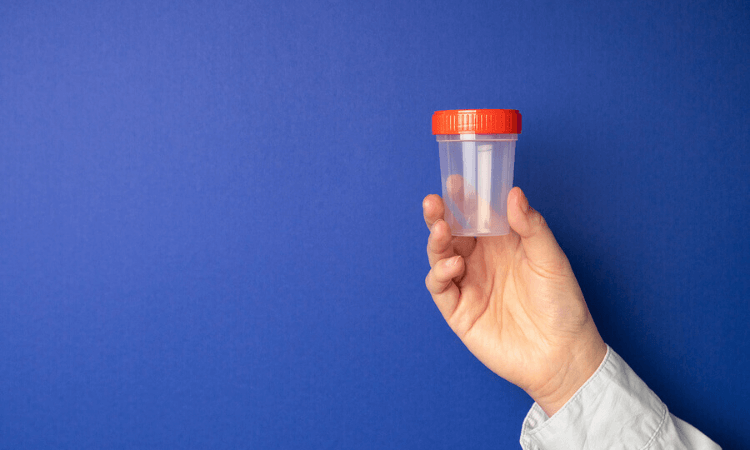
Suboxone is a semi-synthetic opioid that treats chemical dependence on other, more powerful opioids, such as heroin. It was created to be an alternative to methadone, which is also effective at treating opioid addiction but has a much higher potential for abuse and is, therefore, tightly regulated.
Suboxone contains two active ingredients: buprenorphine and naloxone. The latter acts as a very effective anti-overdose and abuse-deterrent agent. Buprenorphine is an opioid itself but doesn’t produce the same intense high as most other opioids. For this reason, this medication can effectively reduce withdrawal symptoms and cravings. It does not have a high potential for abuse.
Still, because Suboxone is an opioid and may result in some pleasurable feelings and pain relief, it can be misused by individuals seeking more intense effects. That said, it might not have as much of an impact on individuals who are already dependent on more powerful opioids because they will have probably had already developed a substantial tolerance.
But those who are first-time users of opioids or have only occasionally may be more vulnerable to becoming addicted to Suboxone, especially if they obtain it on the black market and misuse it without a prescription.
How it Breaks Down in the Body
Suboxone has a specially designed long elimination half-life when compared to other opioids. It is formulated this way because long-lasting opioids serve as better replacements for those who are dependent on short-acting opioids as the effects last longer.
Buprenorphine’s half-life can take up to 37 hours (about 1.5 days), meaning that it can take more than eight days for it to be completely cleared from a person’s system.
This period will not be the same for everyone, however. Several factors influence how rapidly Suboxone will be eliminated from the system. These include the following:
- Height
- Weight
- Amount of body fat
- Age
- Metabolic rate
- Amount of the last dose taken
- Duration of time use persisted
- Liver health and function
- Overall health
- Individual biology

Suboxone Abuse
Suboxone is an abuse-resistant drug that helps people recover from the addiction to more powerful opioids. However, it does have some potential to be habit-forming. If you have been using Suboxone as medication-assisted treatment for a more severe addiction to other opioids, you have already taken the first step toward sobriety.
Usually, a person who is on prescription Suboxone will gradually be weaned off it by a doctor or addiction specialist. That said, some who do not feel they are ready, in theory, could continue to use it long-term. Because Suboxone is an excellent pain-reliever, it is important to have pain management in mind when coming off. If a person still requires pain relief, discontinuing Suboxone can increase the desire to use and/or relapse.
It is critical, however, that people in this situation seek further help for their opioid abuse problem. Consulting a doctor or pain specialist on effective ways to manage their pain without the use of opioid medication. Powerful non-opioid analgesics and anti-inflammatory remedies are available, as well as physical therapy, massage, TENS devices, and more.
Getting Help for Abuse
If you’re struggling to get off Suboxone, please contact us as soon as possible. Suboxone abuse may be a relatively mild problem compared to, say, full-blown heroin addiction. It can be very effectively treated, often using less-intensive forms of treatment.
Recovery in Tune offers customized, state-of-the-art substance abuse treatment programs that feature a variety of therapies, services, and activities that people in recovery can benefit from significantly.
If you want to take the next step in your sobriety, Recovery in Tune can help!